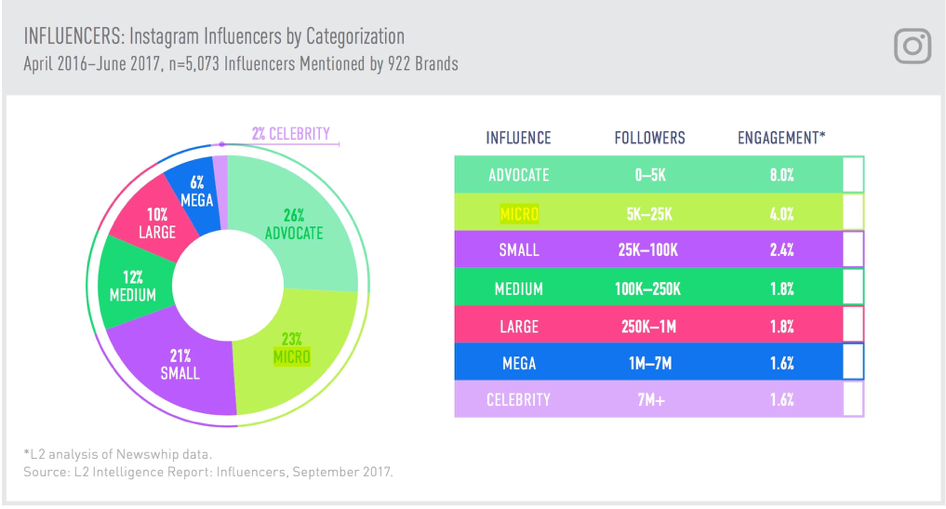5 Strategies for Successful Health and Wellness Marketing
Health and wellness is a $3.2 trillion industry, with no signs of slowing down any time soon. Each year, new trends emerge, requiring ever-changing health and wellness marketing strategies in order to reach your audience.
These trends focus on weight loss, digestive health, sleep optimization, and natural beauty, and are delivered through a variety of products, from supplements to portion-controlled food packaging.
When products can address a variety of needs, such as heart health or beauty, they can catch the attention of the buying public at a faster rate. Collagen, while not a new product, has seen a resurgence in popularity lately due to its ability to promote heart health, build muscle mass, and improve skin health.
So, how can you reach buyers with your health and wellness marketing efforts? Keeping up with the current marketing trends is a good way to start.
Create Powerful Experiences
Buyers react well to strong messages and visuals. When these are paired with authentic experiences, that’s a recipe for a big marketing win.
Nike presented a truly powerful experience with their Women’s Victory Tourin 2016. Consider also Nestle’s Lean Cuisine #WeighThiscampaign, which reminded their buyers to weigh their personal accomplishments against their body image to remember what’s really important.
The key to creating experiences for your buyers is to give them a chance to connect to an emotion that reminds them why they love your brand through deliberately crafted moments that feel as though they’re created just for them.
Use Video to Convey Your Messages
Social media is one of the most powerful ways to reach your audience, but many now prefer video to the standard image posts. In fact, 82% of peoplewould rather see a live video. That certainly makes sense when you consider that streaming video accounts for over two-thirds of all internet traffic and is expected to jump to 82% by 2020.
YouTube is still the video powerhouse, with over 400 hours of videouploaded every minute.
With so many consumers turning to live video feeds, other social networks are stepping up their game, including Facebook Live, Instagram Stories, and Snapchat Stories, and Twitter. YouTube has also introduced their own Live service, giving brands the opportunity to interact with their buyers directly and instantly.
Unleash Compelling Content
Perhaps the most important aspect of your marketing strategy is your content. But content is not limited to blog posts you create or your website pages. Your content is everything you provide to potential buyers to inform them about your product. This is certainly your blog and website pages, of course, but it’s also video, images, infographics, podcasts, newsletters, white papers, case studies, app reminders and updates, and so much more.
The key to creating a great content strategy is to map to your buyers wherever they are in their journey, from the discovery of your brand all the way to the moment they become brand advocates. Knowing their needs at every stage of their journey allows you to provide them with the most relevant, entertaining, informative content possible.
Engage Micro Influencers
It appears that celebrity influencers are losing their power fast, as relying on one celebrity influencer can be both risky and expensive. More brands are leaning toward micro-influencers, who typically have a smaller, but much more engaged, following.
In addition, micro-influencers have more credibility as they are seen as experts and trusted sources of information. They also have greater authenticity because they are passionate about the space they’re in, as well as being more cost-effective.

Build Your Audience with Email Marketing
If you think email marketing is dead, think again. Most health and fitness brands enjoy a healthy 20-22% email open rate.
As with any other content you provide to potential buyers, your email recipients want information that is timely, engaging, and above all, relevant. Use personalization and segment your audience so that recipients only get the information they are most likely to enjoy and act on —and to ensure that you’re not filling their inboxes more than once per day or even once a week.
In addition to providing the information your buyers want when they want it, make sure your emails are optimized for mobile since 60% of all emails are read on mobile devices.
With powerful subject lines and engaging images, your emails will be a pleasure to read.
If you’d like help incorporating any of these strategies into your health and wellness marketing, give us a call. We’re happy to talk about what would work best for your brand.

